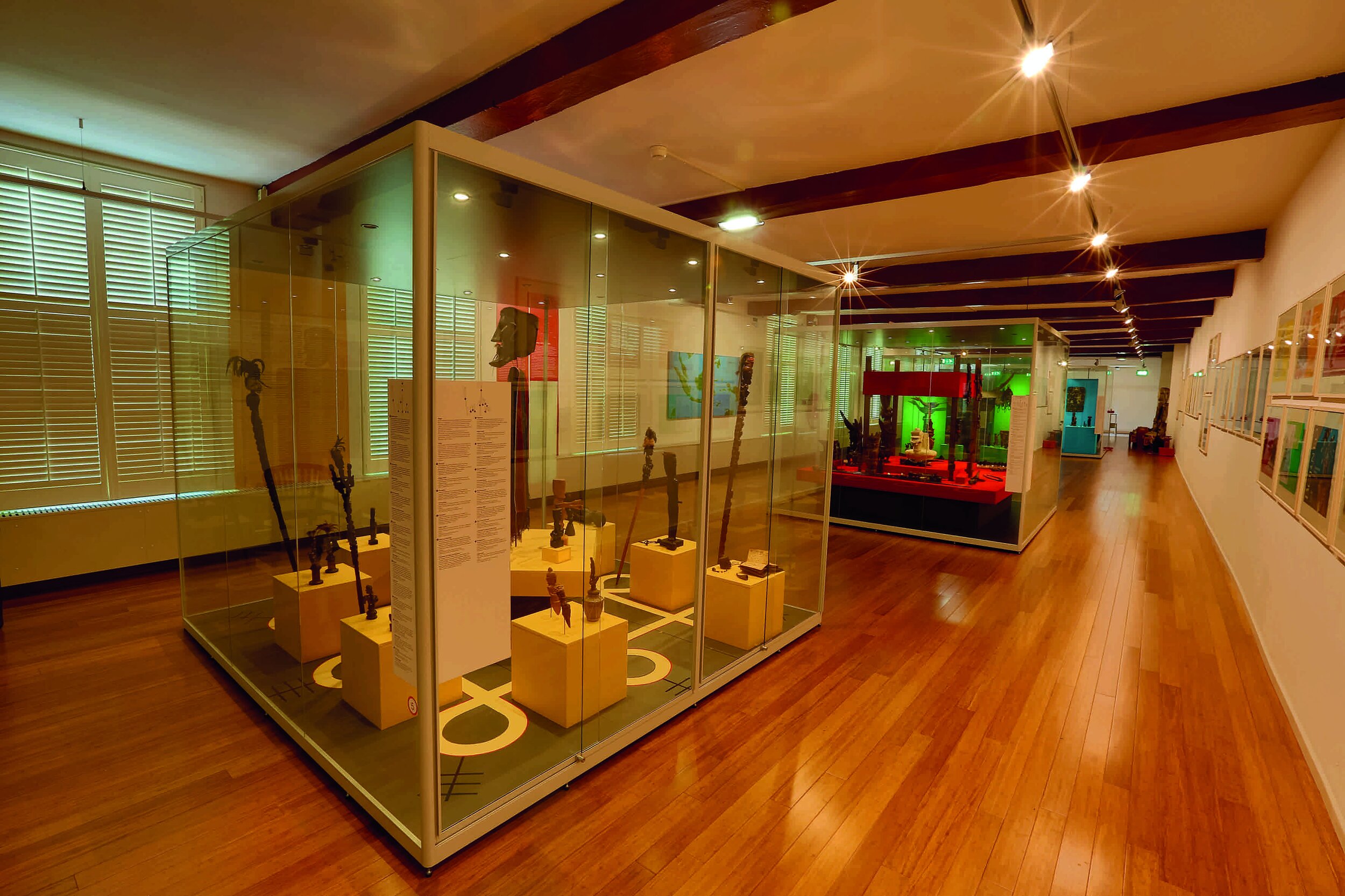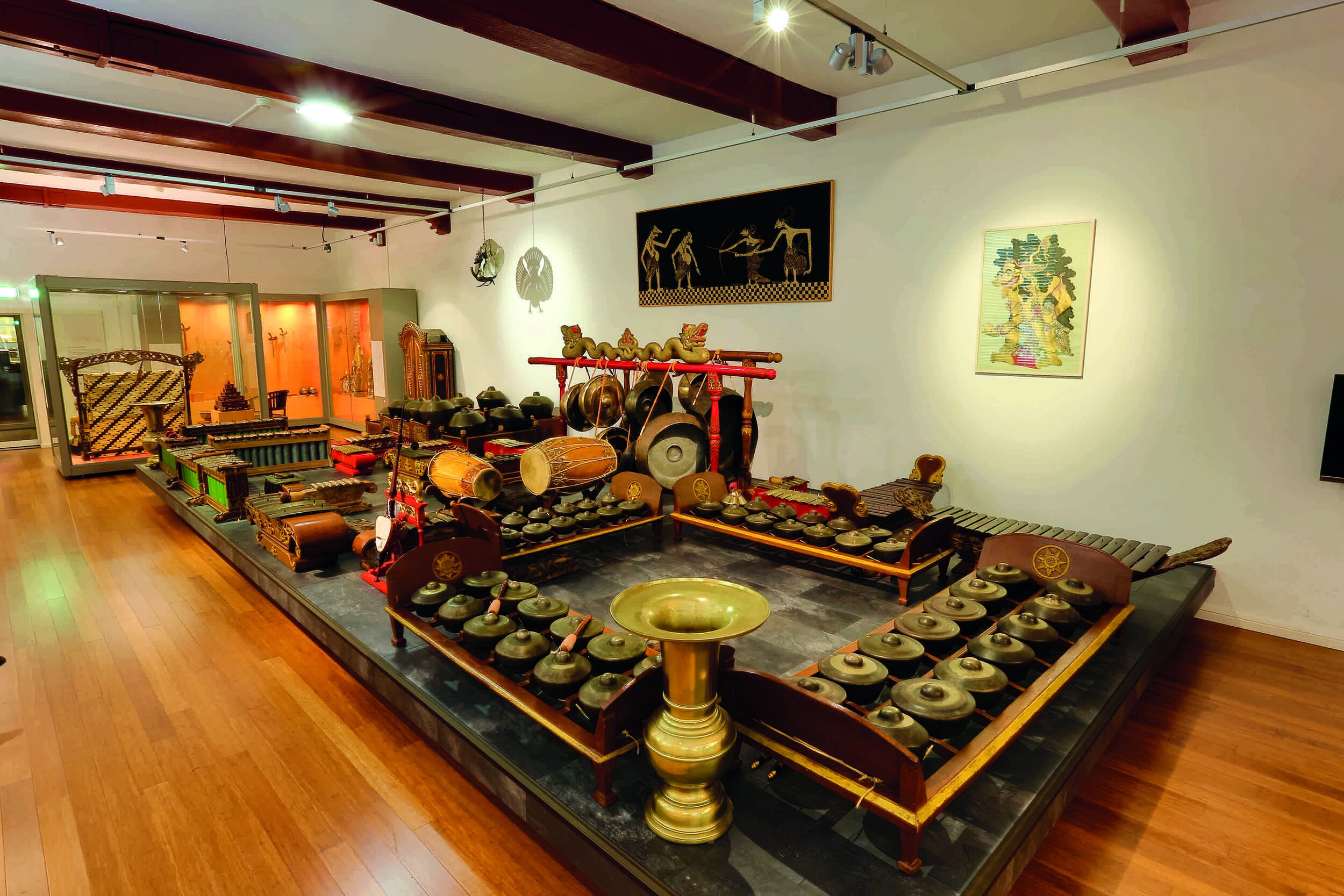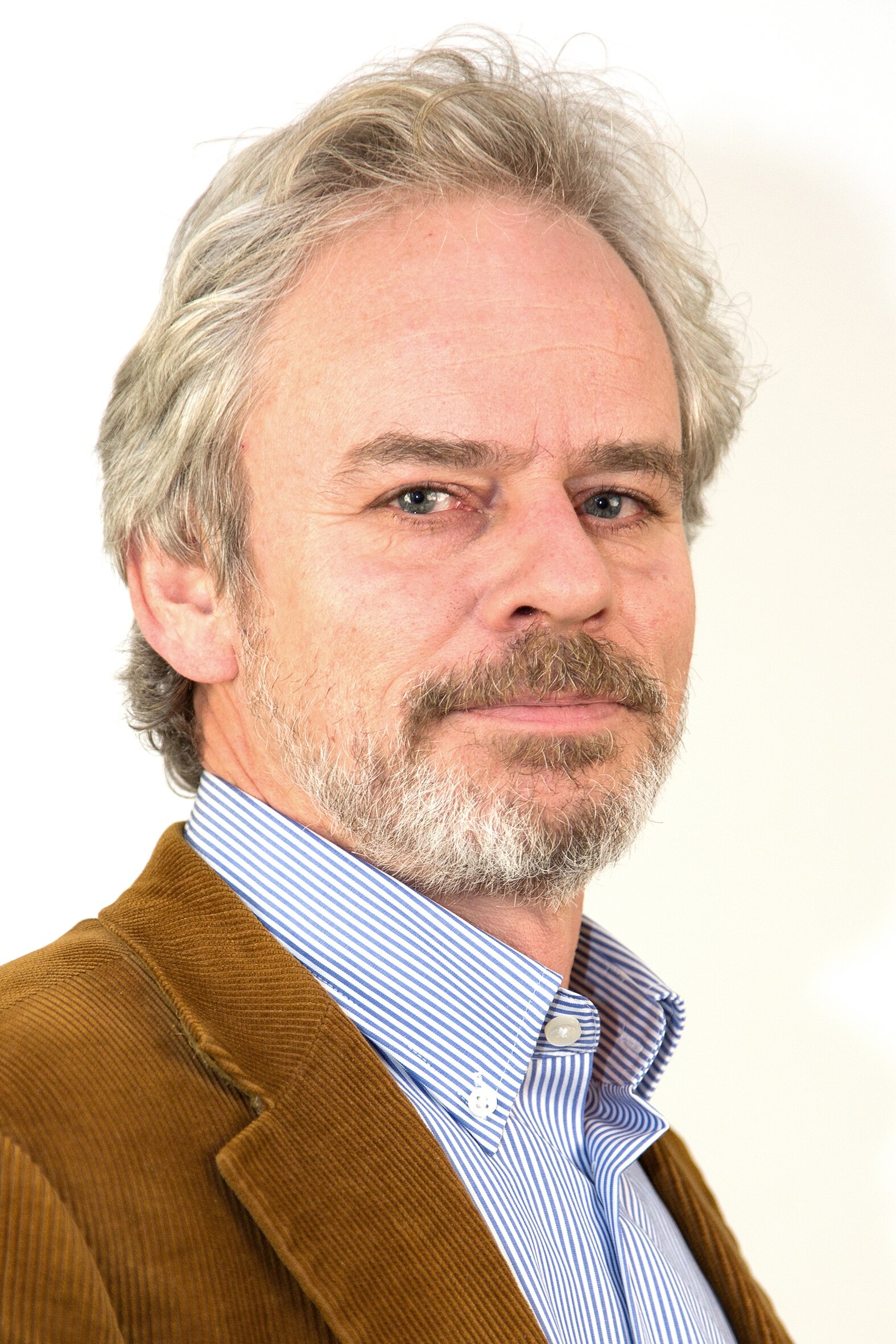Resource Spotlight | “Nusantara: Highlights from Museum Nusantara Delft” by Arnold Wentholt
Nusantara
Highlights from Museum Nusantara Delft
by Arnold Wentholt
Published by C. Zwartenkot Books.
Learn more about Nusantara Museum
Museum Nusantara in Delft was a small-scale, much loved music entirely dedicated to the varied cultures of Indonesia. For over a century, visitors have been able to admire the splendid art treasures, many of which came from their land of origin.
In 1864, now 150 years ago, the director of the Indische Instelling of Delft decided to build a collection of ethnographica in order to familiarize his students with the cultural heritage of the distant Dutch East-Indies where they would perhaps begin their career as a civil servant. This collection formed the basis of the future Museum Nusantara, a venerable municipal institution with therefore a history of one and a half century.
Solomon Keijzer, the first director of the Indische Instelling, commissioned an advertisement in the Delftsche Courant on August 19, 1864. In it he called upon citizens and former colonials to donate objects from the Dutch East Indies ‘as a tool for education’. That advertisement was placed in the year the Indische Instelling was founded. Indeed a remarkable step to begin a collection so early.
A catalogue published in 1888 proved that many had responded to this call. Especially former students sent items from their place of employment. Moreover the Departement van Koloniën presented the Indische Instelling with hundreds of objects that had been on display at exhibitions in Paris (1878), Berlin (1880) and Amsterdam (1883).
In 1888, the collection counted more than 1,500 objects. When the Indische Instelling closed 12 years later, the respectable number of more than 5,000 objects had been reached. Eventually, approximately 20,000 objects were acquired during those 150 years.
Most regrettably, the Gemeenteraad of Delft closed the museum as of early January 2013 due to budgetary reasons. Those who took the museum — the only one in the world outside Indonesia to exclusively hold Indonesian objects — to heart consider this a deplorable decision.
The Nusantara Foundation representing its donors felt that highlight from the collection should be saved from oblivion and initiated this publication. In this way, Museum Nusantara will to a certain degree continue to exist, albeit that its collection will be housed within another museum structure.
Author’s Note
The Museum Nusantara in Delft had a long history, existed nearly 150 years and was as an institution a maverick in the Dutch ethnological museum world. Setbacks and financial problems were structural, yet it was able to make striking exhibitions and accompanying catalogues in the 1970s and 80s thanks to a.o. the Nusantara Foundation. It was this foundation that granted me the unique opportunity to make a catalogue with a choice selection of the collection, comprising some 15.000 inventory numbers. I came across a refined collection of textiles and several unique objects never published! Looking back now, I might have included more items, but time is always running short.
Ever since I became interested in non-western art, more than thirty years ago, I was drawn to the enigmatic sculptures and masks of, initially, African nations, heritage of which I knew next to nothing. As an art history student from Leiden university I followed the traditional curriculum of the time, a linear program which started with Greece and the Roman Empire and through to the modern era. I remember a slide of an African mask being shown as a source of inspiration for the Modernist artists. At that time I worked for an Amsterdam based auction house where for the first time I came in contact with African art. Little did I know of trickeries in the trade and books and catalogues, which I initially bought in great quantities, will not tell you about this.
My eyes were cleansed when I had the chance to work for an international auction house in Amsterdam. More hands-on experience over the years and viewing fine examples in collections really opened my eyes. Through time I decided to specialize in Indonesian and to a lesser extent Melanesian art. The Indonesian heritage being part of the Insular Southeast Asian world experienced several historical waves which left their hallmarks on the various island nations. For an art historian, like me, it is a challenge to focus on details generally overlooked which could shine a new light on the common ancestries of the island nations. In order to pursue this, I am building a database with items which were offered on the market, supplemented by selected objects from public collections, for instance pre-Hindu-Buddhist bronzes found in Sulawesi and Java which may shed a new light on the posture of statues found elsewhere in the archipelago. The Indonesian parole ‘unity in diversity’ holds also true for their heritage.
— Arnold Wentholt
Arnold Wentholt
Arnold Wentholt, museologist and art historian, began his career as an auction house specialist in 1987 and, in 1994, joined Christie’s Amsterdam specializing in Indonesian tribal art.
Since 1998, he has worked as an independent consultant and valuer for several auction houses, museums and private collectors.
He has published several books and magazines, guest-curated exhibitions at the Tropenmuseum (Amsterdam) in 2003 and at the Afrika Museum (Berg en Dal) in 2008, writing and co-editing the associated catalogues.
Disclaimer: This is not a sponsored post. Art of the Ancestors does not receive a commission should any of our readers purchase the aforementioned book. Art of the Ancestors is a strictly non-commercial educational platform and has no vested interest in the professional activities of the author listed above.





